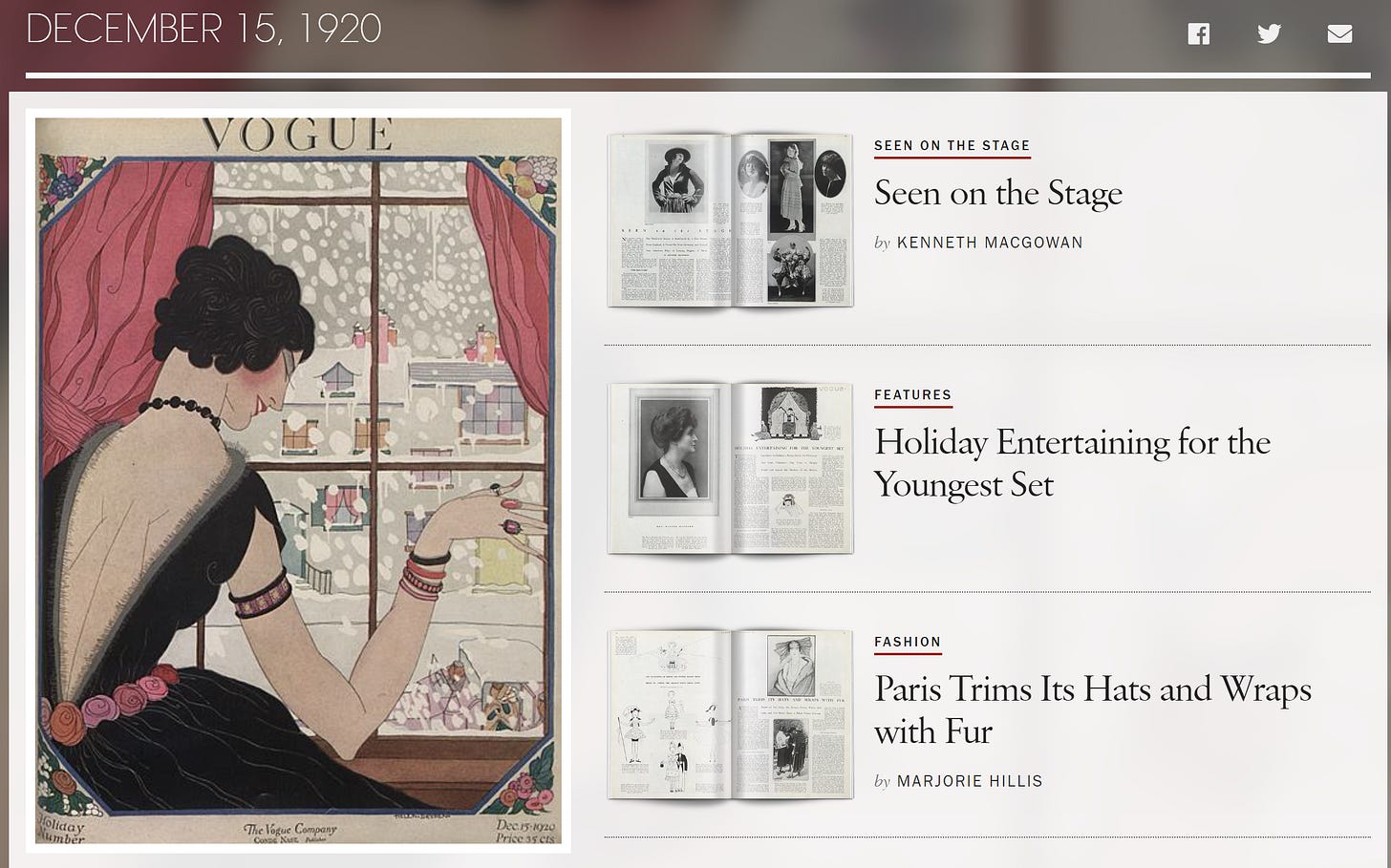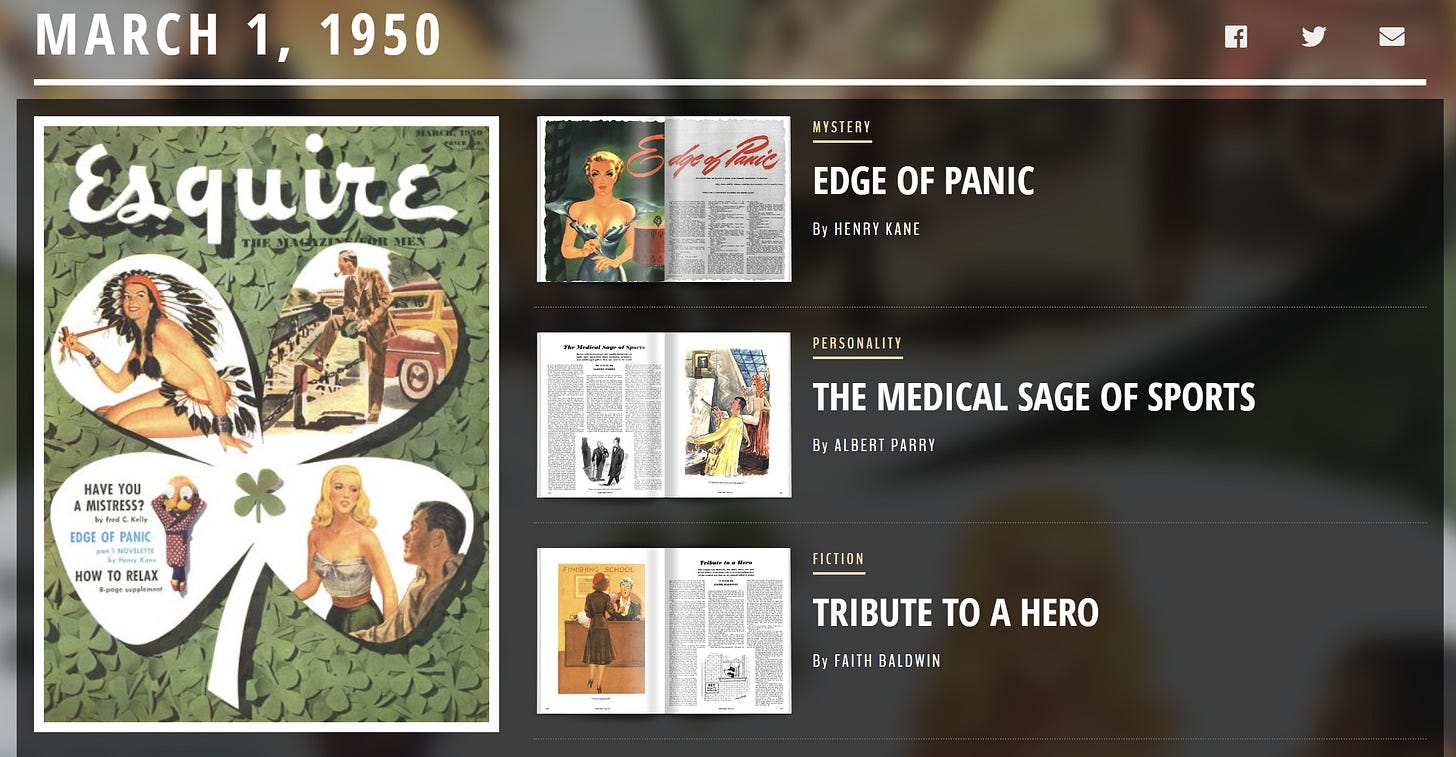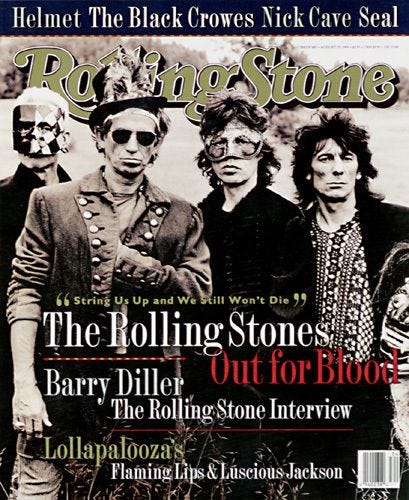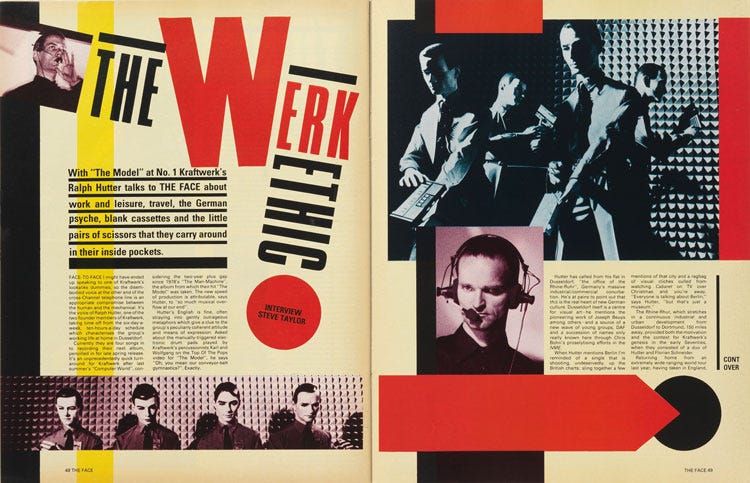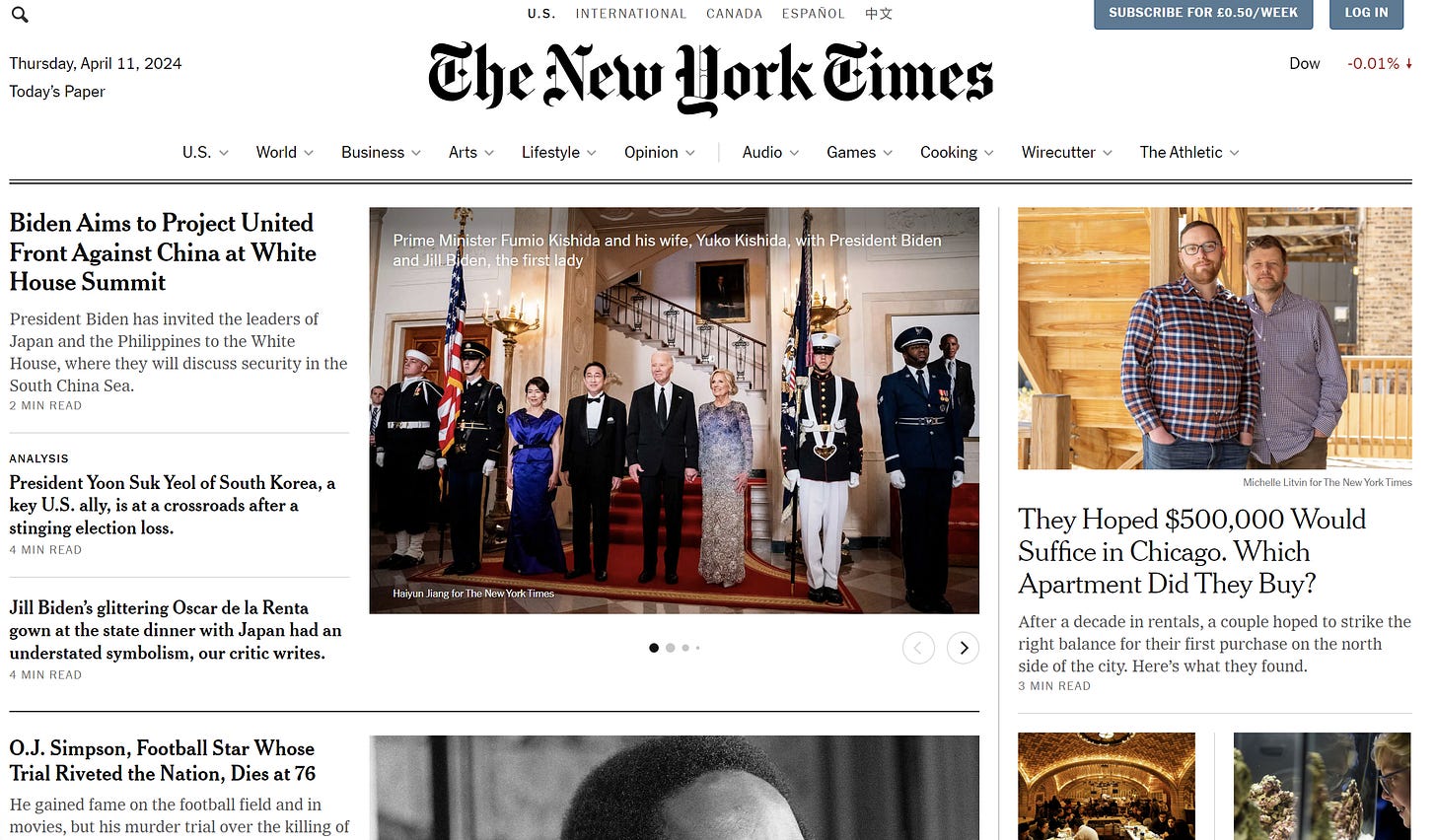The History Of Editorial Design.
Journeying Through the Evolution of Editorial Layouts and Print Design.
In this blog post, I am going to look at editorial designs throughout history and see how design has evolved with the times. The history of print design starts with text which has been around since the beginning of design itself. Editorial design comes in the form of books, magazines and more. Editorial is crucial to the success of publications. Editorial design has been focused on being clear with the text but has now evolved to trying to stand out.
Back in the 1920s, editorial design got a makeover with the rise of game-changing publications like Vogue. This magazine completely changed the industry with its fancy layouts, cool typography, and use of stunning photography.
The 1950s witnessed a golden age of magazine design, characterized by bold typography, vibrant colour schemes, and dynamic layouts. Magazines like Esquire captured the spirit of the era with their iconic covers and visually engaging spreads.
The 1960s saw the rise of underground press movements, challenging mainstream media with their perspectives and unique design aesthetics. Publications like Rolling Stone embraced different ideas, reflecting the social and political upheavals of the time.
Desktop publishing, which came to be in the 1980s, made it possible for individuals and small publishers to create professional-quality layouts with ease. Wired magazine was quick to embrace this digital revolution and incorporated cutting-edge graphics and interactive elements into its design.
Digital technologies and online platforms have transformed editorial design in the 21st century. The New York Times and other publications have adapted by using responsive design and multimedia elements. These approaches redefine editorial design, creating interactive experiences that captivate audiences. Over time, editorial design has evolved while staying true to its roots. It has adapted to new technologies and cultural changes, but its main goal remains effective communication and visual storytelling. From the early days of print to the digital age, editorial design has improved and innovated to meet the demands of the current time. Despite these changes, the purpose of editorial design remains unchanged.
References
Vogue — december 15 1920. (n.d.). Vogue | the Complete Archive. https://archive.vogue.com/issue/19201215
Esquire — March 1950. (n.d.). Esquire | the Complete Archive. https://classic.esquire.com/issue/19500301
Stone, R. (2018, June 25). The Rolling Stones on the cover of Rolling Stone. Rolling Stone. https://www.rollingstone.com/culture/culture-lists/the-rolling-stones-on-the-cover-of-rolling-stone-18655/the-stones-in-babylon-19268/
McLaughlin, A. (2017, November 15). The Story of The Face: how the cult magazine changed British culture. Design Week. https://www.designweek.co.uk/issues/13-19-november-2017/story-face-cult-magazine-changed-british-culture/
The New York Times - breaking news, US news, world news and videos. (n.d.). The New York Times. https://www.nytimes.com/


